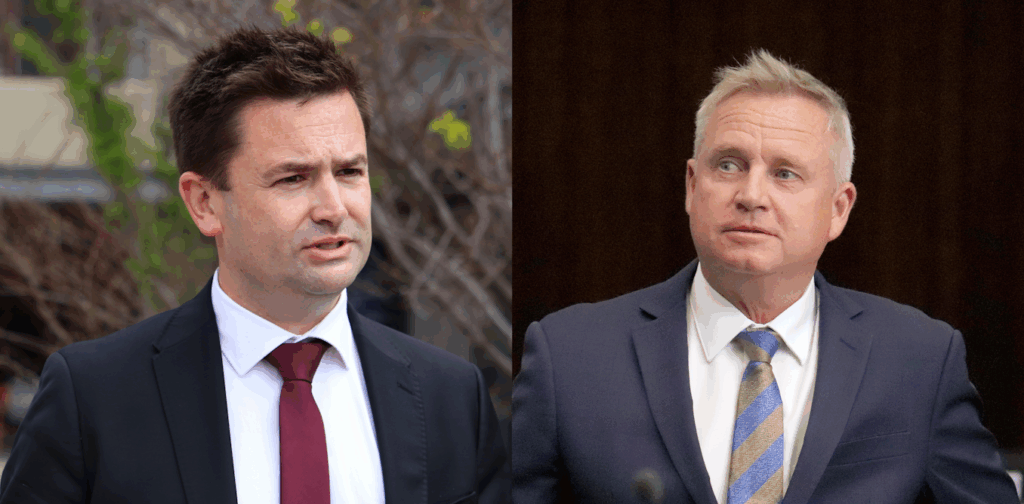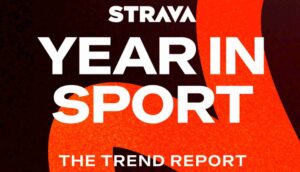
A recent DemosAU poll has revealed that the Liberal Party holds a significant lead over the Labor Party in Tasmania, with a 34.9% to 24.7% advantage in statewide votes. Despite this lead, the poll suggests that the Liberals are unlikely to secure a majority in the upcoming election on Saturday. This development sets the stage for a potential hung parliament, a scenario that has become increasingly common in Tasmanian politics.
The election, scheduled for this Saturday, will be conducted under the Hare-Clark proportional representation system. This system is used for the state’s lower house elections, where five electorates each elect seven members, resulting in a total of 35 MPs. A candidate must secure 12.5% of the vote to meet the quota for election.
Poll Insights and Electoral Dynamics
The DemosAU poll, conducted from July 6 to July 10 with a sample size of 3,421, indicates a slight increase in support for the Liberals since the last poll in June, while Labor has seen a decline. The Greens have also experienced a modest rise, capturing 15.6% of the vote. Independents, who play a crucial role in Tasmanian politics, have increased their share to 20.3%.
The Nationals are only contesting in the electorates of Bass, Braddon, and Lyons, which skews their statewide vote. The poll suggests that the Liberals could win 13–14 seats, Labor 9–10, the Greens 6–7, and independents 4–6. Both the Nationals and Shooters are projected to win zero or one seat each.
“If the election results mirror this poll, the Liberals would emerge as the largest party but fall short of the 18 seats needed for a majority.”
In such a scenario, there could be a majority coalition formed by Labor, the Greens, and left-wing independents. However, Labor’s reluctance to form a government under similar circumstances after the March 2024 election raises questions about their strategy.
Historical Context and Political Implications
It has been over a decade since Labor last governed Tasmania. The Labor/Greens coalition at that time was largely blamed for Labor’s defeat in the 2014 election. With the declining influence of major parties, Labor may need to consider an alliance with the Greens to regain power.
Both Labor and the Liberals have expressed support for the construction of a new AFL stadium, a move that may have contributed to Labor’s declining support among left-leaning voters. Additionally, Labor’s decision not to pursue government formation after the previous election could have further eroded their voter base.
The timing of this election, occurring just 16 months after the last, may also be a factor in voter sentiment. The proximity to the federal election, held just over two months ago, adds another layer of complexity to the political landscape.
Broader Electoral Trends and Comparisons
Meanwhile, the inefficiency of the Coalition’s vote distribution at the federal level has been a topic of analysis. Despite losing the federal election, the Coalition retained many regional seats by large margins. This highlights the challenges they face in appealing to urban voters, who constitute the majority of the electorate.
“Labor would have won a majority even if they had lost the national two-party vote by 51.0–49.0, despite 13 Other seats.”
In the United States, President Donald Trump’s approval ratings remain steady, while in the UK, political dynamics are shifting with a Labour MP defecting to a potential Jeremy Corbyn-led party. These international political developments provide a backdrop to the local electoral scene in Tasmania.
Future Prospects and Political Strategy
As Tasmanians head to the polls, the potential for a hung parliament looms large. The outcome will likely hinge on the performance of independents and minor parties, whose support could be pivotal in government formation.
Looking ahead, both major parties will need to reassess their strategies and voter engagement efforts. For Labor, forming alliances with the Greens might be a necessary step to regain influence. For the Liberals, addressing urban voter concerns could be key to securing a future majority.
The Tasmanian election serves as a microcosm of broader electoral trends, reflecting the challenges and opportunities faced by political parties in a rapidly changing political landscape.







